|
Alphabetical List |
|
|
|
|
|
|
|
County List and Topics |
|
|
|
Please sign my Guestbook and leave feedback |
|
|
||||||||||||||||||||||||||
|
The arch has simple impost blocks and it is impossible to accurately date it. The church has a two-bay south aisle with arches of almost preposterous proportions. Like the chancel arch itself they are inordinately wide for their height. The eastern arch looks Norman so it is likely that the original church had only a transept and that it was lengthened into an aisle subsequently. The arch used for this westward extension is pointed so with the plain octagonal font it is likely to date from the Early English period. The east window is a three light Early English type composition but this dates from the 1874 renovation. Pevsner calls this composition “po faced”. Although I like his style, I can’t help feeling that Nikolaus must have visited on one of those dreadful Lakeland days of lowering skies and persistent drizzle. Or else he’d had a bad pint at the pub. Either way, he is pretty uncharitable about poor old St Bega’s because it looks pretty inoffensive to me. and not obviously a reproduction. I don’t know what he thought would have been appropriate. The church has a print dating from 1830. It seems to show a much lower, squatter church with possibly small two-light windows to the east and the north of the chancel. It must have been a gloomy interior. The west window arrangement of two separated lancets and a circular light above is po-faced, I would have to agree. I’m sure it was the “in thing” in its day. It is likely that the north door (the only way into the church now) and the doorway that leads through from the nave to the south aisle were originally Norman although it is not obvious today. You don’t visit St Bega for the building, however. It is its location that is stunning. It would be best to walk from the road - or better still, along the lake itself, but there are metalled farm roads right down to it. It seems perverse in is location so far from the village which is presumably St John’s was built. Probably it served some lost settlement or was located along some ancient bridleway, If location doesn’t entice you, then its literary associations might. William Wordsworth wrote of it in his “Guide to the English Lakes”. He and Dorothy will have visited it. So too Thomas Carlyle and Tennyson. |
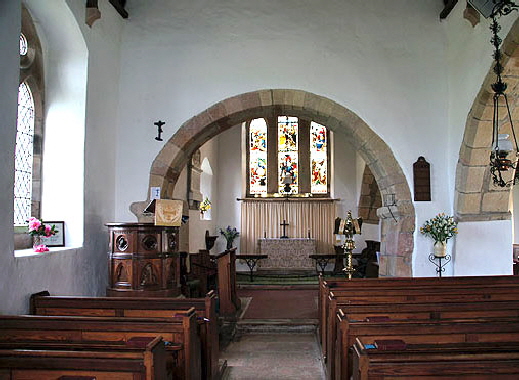 |
||||||||||||||||
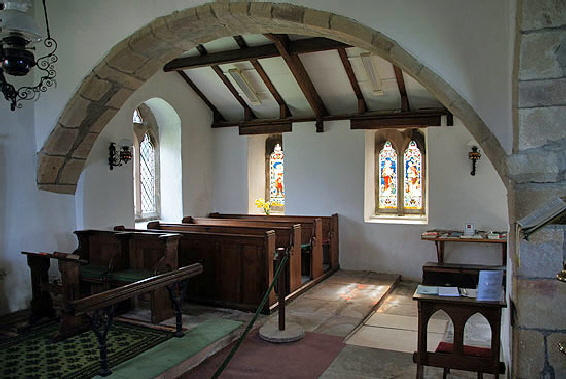 |
||||||||||||||||
|
Left: Looking towards the east end. Is the chancel arch indeed twelfth century as Pevsner thinks? Or earlier as the church thinks? Right: The arch south of the chancel that surely led to a south transept until it was extended into an aisle. Note its broad sweep. |
||||||||||||||||
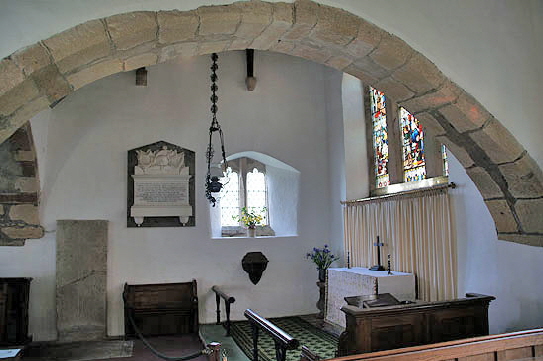 |
||||||||||||||||
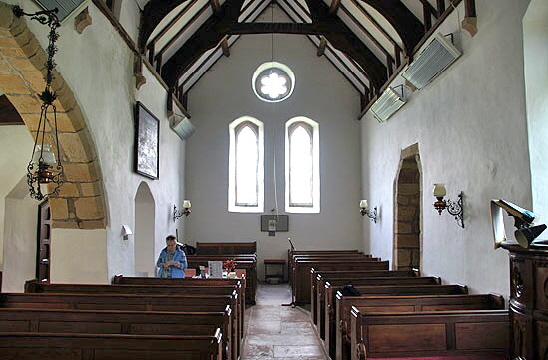 |
||||||||||||||||
|
Left: Looking through from the south aisle to the chancel. The windows straight ahead date, of course, from the rebuilding. They replaced round headed windows that were probably Norman. Note the depth of the splay. Right: The view to the west with its nineteenth century windows. Note the doorway to the left that gives access to the south aisle. |
||||||||||||||||
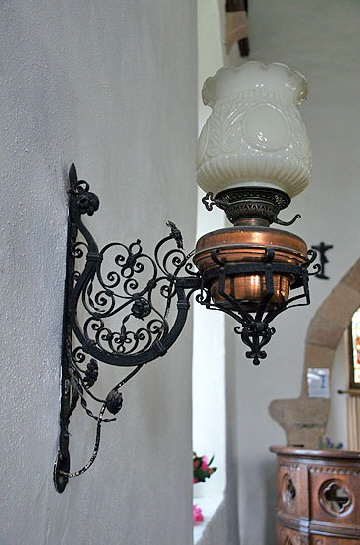 |
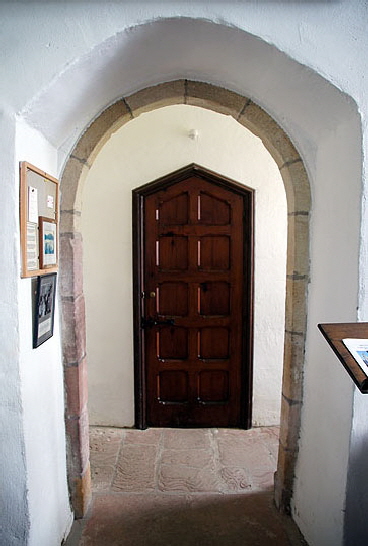 |
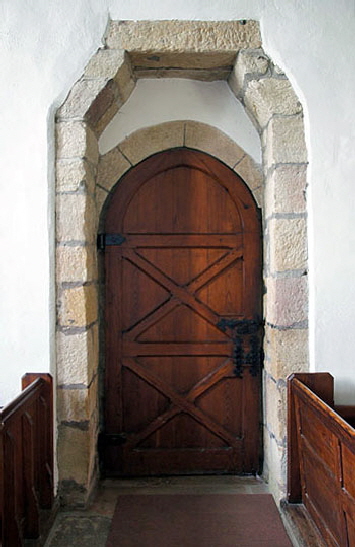 |
||||||||||||||
|
Left: This is one of a numberof rather splendid metal lamp brackets within the church. They are Spanish and were brought here at the time of the rebuilding. rather sadly, they are now converted to electricity! Centre: The Norman door to the south aisle. Right: The Norman north door. |
||||||||||||||||
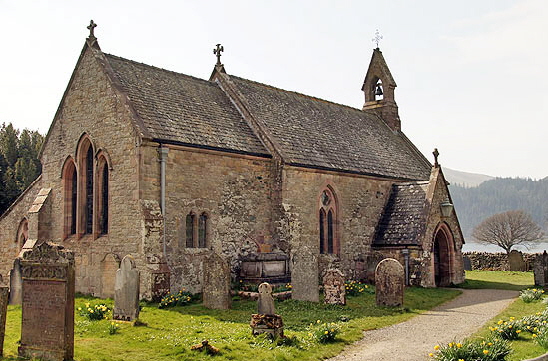 |
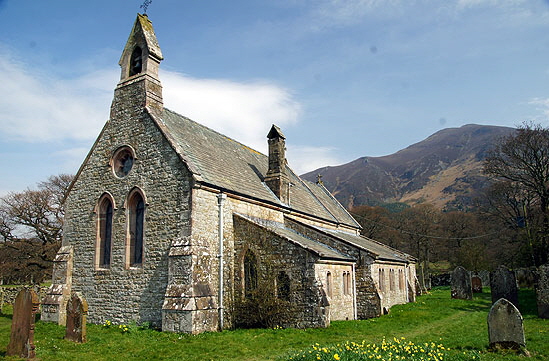 |
|||||||||||||||
|
Left: The view from the north east with Bassenthwaite Lake beyond. Right: The view from the south west with the Skiddaw range beyond. |
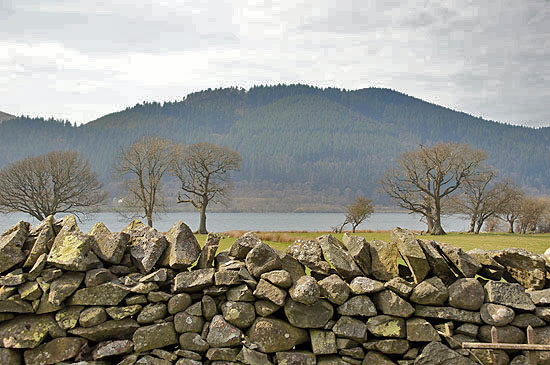 |
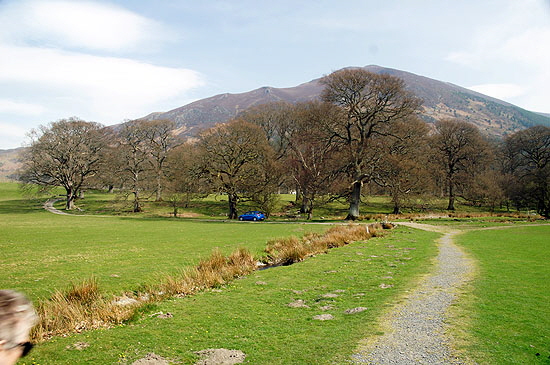 |
|||||||||||||||||
|
Left: Bassenthwaite Lake. Right: Skiddaw as seen from the churchyard. |
||||||||||||||||||
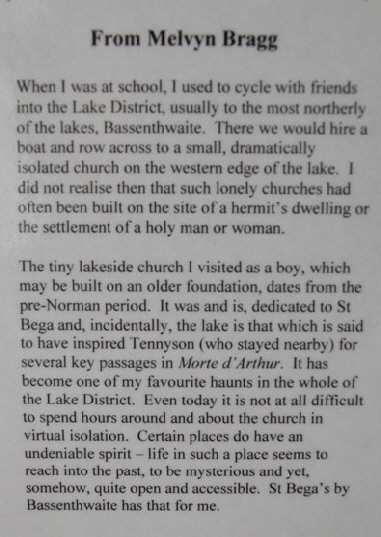 |
||||||||||||||||||
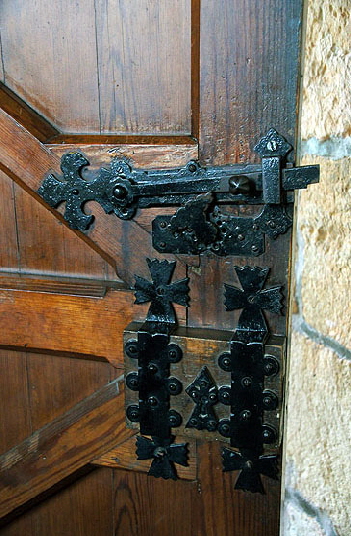 |
||||||||||||||||||
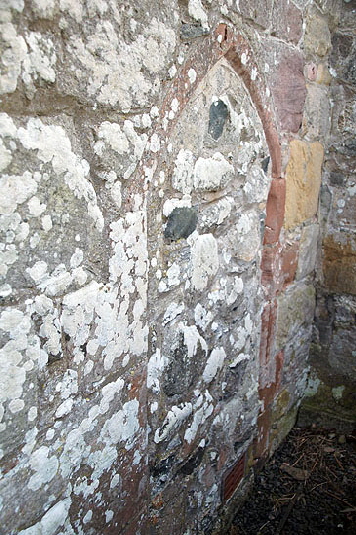 |
||||||||||||||||||
|
Left: The north priest’s door: probably originally Norman. Centre: Modern - but still attractive - door ironmongery. Right: Statement from Melvyn Bragg - see footnote below. |
||||||||||||||||||
|
Footnote - Melvyn Bragg and “Credo” |
||||||||||||||||||
|
A long time ago - long before I started this website - I read a book called “Credo” by Melvyn Bragg. Bragg was born in Wigton, Cumbria. He is a prolific novelist but is perhaps best known for hosting the arts program “The South Bank Show” on TV for over twenty years. “Credo” is a fictionalised account of the life of St Bega, Melvyn sets it in the seventh century. As he himself puts it: “Bega hovers between the historical and the mythic”. This novel, however, includes all the very real and important English religiious charac I loved this book and learned so much from it about this tumultuous period of religious and secular history. It was the start of a real interest in first millennium England for me. I really can’t recommend it enough. There is a statement in the church from Melvyn Bragg and I reproduce it above. |
||||||||||||||||||
|
Did you Know...? |
||||||||||||||||||
|
Cumbria is famous for its Lake District, of course. But did you know that only one of the famous lakes has “Lake” in its name? It is, of course, Bassenthwaite Lake. “Water” is by far the most common title - as in Rydal Water, Wast Water, Crummock Water and so on. Then there are the “Meres” such as Windermere and Buttermere. But only one “Lake”! A good quiz question, I think you will agree. |
||||||||||||||||||
|
|
||||||||||||||||||
